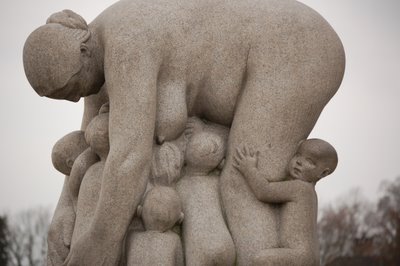Fidele is nine years old. He enjoys soccer, french fries, television, and the company of other children. In April 1994 his government orders his neighbors to kill him and his family. He shouts an emphatic call to prayer - "gusenga" - and moments later is shot in the head.
Nadia is eight years old. She loves chocolate. She enjoys singing her favorite song, "My Native Land which God Chose for Me." In 1994 she is hacked to death with a blunt machete.
Aurore is two years old. She is chatty and curious. She likes to play hide-and-seek with her older brother. In 1994 she is burned alive in her village church.
These Rwandan children are among the 800,000 Tutsis killed by their Hutu neighbors over 100 days in 1994. Each of their stories depicts what could be interpreted as faith's failure in the face of human cruelty. Fidele's prayer of desperation, Nadia's song of thanksgiving, Aurore's church of refuge - none could prevent the atrocities of genocide.
Faith's apparent failure is a central idea in Christianity. An innocent is slaughtered; his cries to God are ignored; his life of obedience ends in torture and shame.
Nothing has deepened my understanding of God more than looking flatly at issues of cruelty and suffering; not only the obvious cases like genocide, but also the more subtle cruelties like gossip, self-promotion, and manipulation. Such issues are so central to our existence, and to the message of Christianity, that I cannot avoid them. These are the issues that I want to explore in this blog in hopes of better understanding the agony of the cross and the beauty of redemption.
I hope you will join me.
Amy





